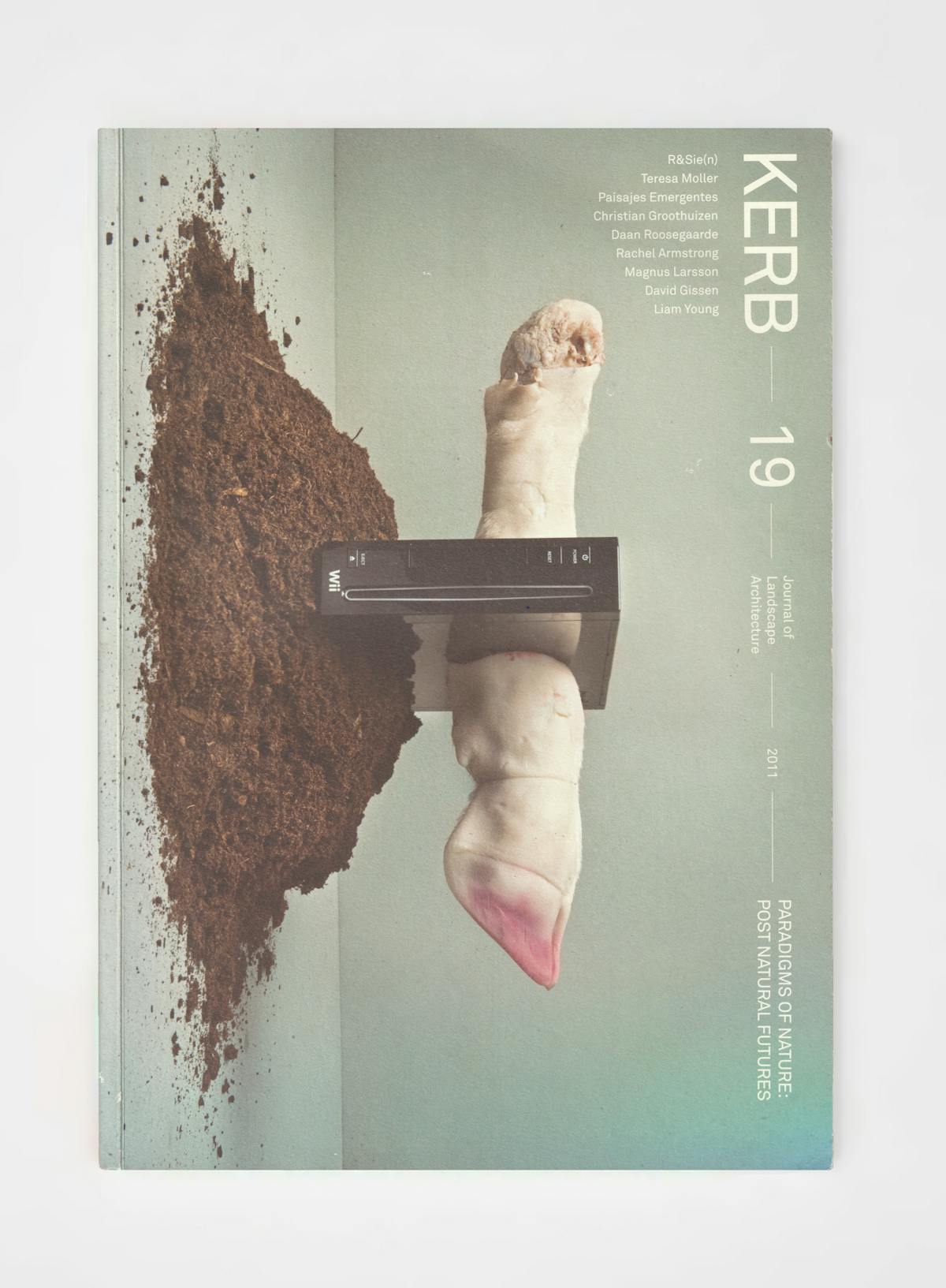If the sublime was natural in the eighteenth century and technological in the twentieth century, how might the postnatural’s synthesis of nature and technology, create a new aesthetic tradition, new conditions for the sublime?1

Lisa Garforth in her article Ideal Nature: Utopias of Landscape and Loss suggests that for McKibben “the end of nature is both cultural and material”- but for Garforth it is the postnatural’s “loss of nature’s material separateness [which] is crucial.”2
We have lived through the agrarian, industrial, and the service economies, and are living in the experience economy. What might the material, cultural and energy exchanges of a future postnatural economy be?
If the sublime, has it seems, always “[drawn] us closer to our actual material limits”3. Then how might the postnatural, which challenges those material limits, begin to redefine our notion of the sublime, our notion of experience? How will we experience - when meaning, significance and duration change?
Philip Shaw in his treatise on the sublime suggests that “the terror of the sublime is brought about through its relationship with the Real.”4 And has been historically typified by experience beyond our conventional understanding that, like the postnatural, challenges the “limits of reason and expression.”5
If the postmodern sublime of Kant and Lyotard was unrepresentable and formless - might a postnatural sublime be something not that we can’t represent, but something that we can’t experience? The postnatural sublime may be neither utopia nor dystopia, but an uncanny nature.

Footnotes
-
https://en.wikipedia.org/wiki/Sublime_(philosophy) retrieved 26 March 2011. ↩
-
Lisa Garforth, “Ideal Nature: Utopias of Landscape and Loss”, Spaces of Utopia: An Electronic Journal, nr. 3, Autumn/Winter 2006, pp. 5-26 http://ler.letras.up.pt ISSN 1646-4729 ↩
-
Philip Shaw, The Sublime, Routledge, London, 2006 page 10. ↩
-
Philip Shaw, The Sublime, Routledge, London, 2006, page 147. ↩
-
Philip Shaw, The Sublime, Routledge, London, 2006, page 2. ↩
